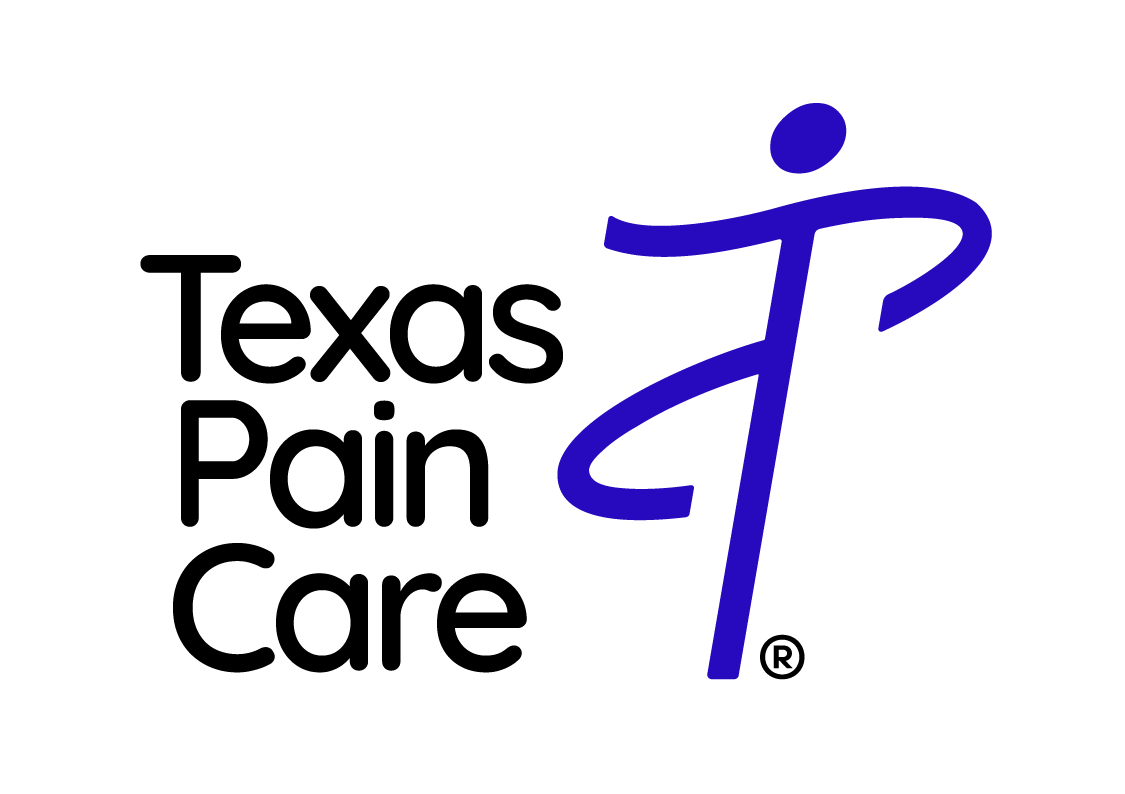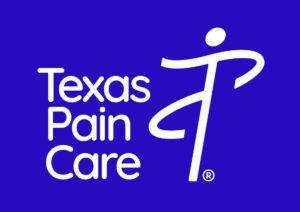
Chronic back pain can cause a complete disruption in a person’s life. In addition to the pain, treatment has typically been administered in the form of pain medication, but this option does not work for every patient due to either misuse or lack of long-term relief. For patients who are looking for a better option, peripheral nerve stimulation could be that answer.






